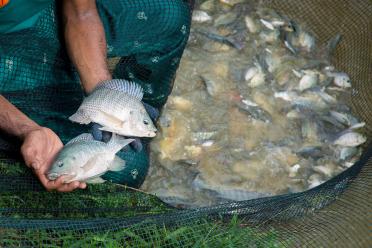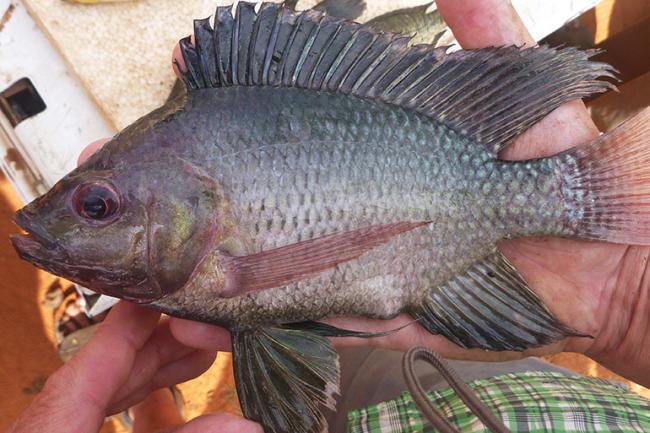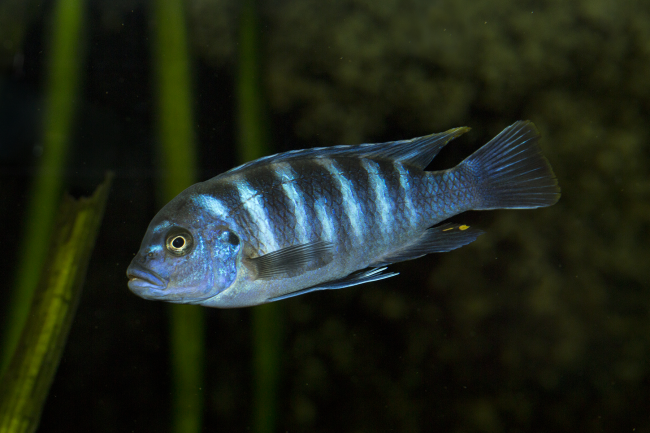
New research led by the Earlham Institute has revealed the impact of ancient and contemporary hybridisation - where an individual reproduces with a closely-related species - on the diversification and genetic resilience of tilapia.
East Africa is a hotspot for tilapia diversity, with some species showing remarkable environmental adaptations, such as tolerance of high salinity, alkaline lakes, and temperature extremes.
However, fish farm escapees and the introduction of non-native species to boost fisheries have led to hybridisation that is presenting a threat to this native biodiversity, as well as local aquaculture.
Global production of tilapia in 2022 was estimated at almost 5.3million tonnes and it has become an important source of protein and nutrients to millions worldwide. Breeding improved strains of tilapia is a cornerstone of providing long-term global food security.
Selective breeding with native populations may be used to generate these regionally optimised aquaculture strains. This can provide genetic material for adaptation to local conditions.
For example, crossing farm strains with salinity-tolerant species could enable aquaculture production in regions where fresh water is scarce by giving farmed fish tolerance of saltier water.
Hybridisation with invasive species, however, could lead to this diversity being ‘watered down’ or lost from native populations before it has even been discovered.
Dr Adam Ciezarek, research author based at the Earlham Institute during the project and now at the Centre of Environment, Fisheries, and Aquaculture Science (Cefas), said: “Because hybridisation has become a recent problem, we wanted to look back in evolutionary time to see how common it was, as well as the impact on the genome. Nobody had studied this with genomic data in tilapia before.”






